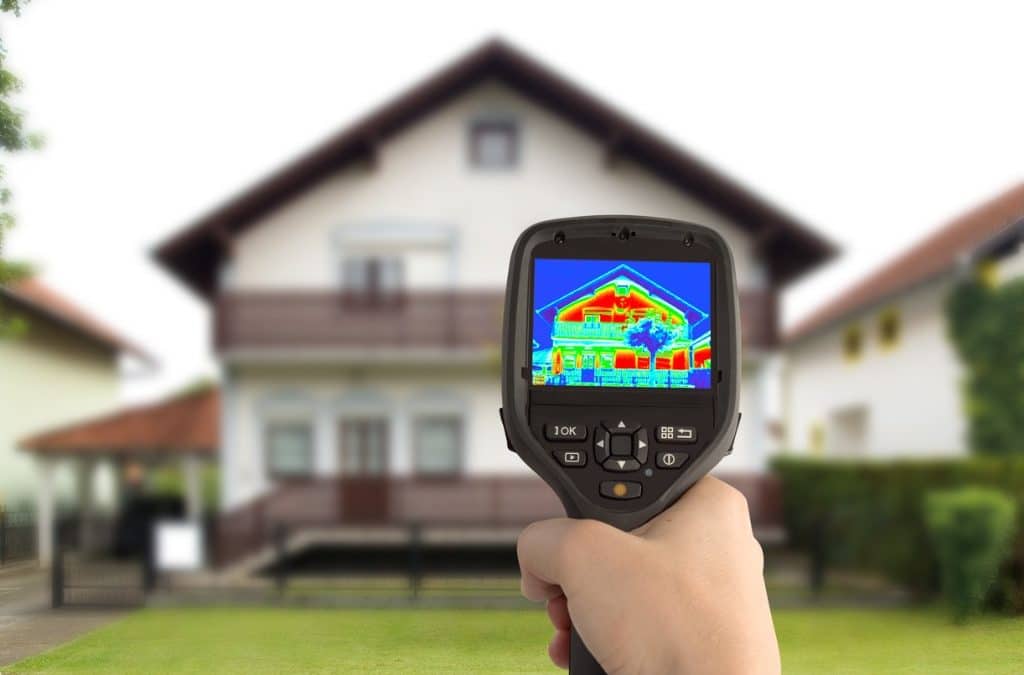By David Shereda, Director, Tri-Merit
Since 2006, the U.S. tax code has allowed contractors building energy-efficient residences to claim the 45L tax credit. The process is a bit time-consuming for accountants and CPAs, and there are multiple steps to claim the $2,000 per home or “dwelling unit.” A dwelling unit is considered a single unit that provides living facilities for one or more persons. Dwelling units include permanent provisions for living, sleeping, eating, cooking,, and sanitation, thus providing a completely independent living arrangement.
Contractors and developers who build energy-efficient homes or dwellings deserve to see if they qualify for the credit. And accounting firms who assist eligible contractors in qualifying and claiming the 45L credit open up the opportunity to attract more clients and reduce their tax burden.
Tri-Merit has put together this resource to explain this credit and how contractors and accountants claim it.
The 45L Tax Credit
What is it?
This tax credit is $2,000 for each qualified new or substantially renovated energy-efficient home constructed or manufactured by an eligible contractor. It is sold/leased (initial lease) to a person for use as a residence. There is also a credit for manufactured homes that meet a lesser energy-saving requirement; that credit is $1,000 per unit.
The 45L tax credit first went into effect on January 1st, 2006, for homes built after August 8th, 2005. It is slated to end December 31st, 2021, meaning all qualifying energy-efficient dwellings sold or leased by that date will be eligible for the credit on 2021 tax returns filed in 2022.
Who is Eligible?
The “Eligible Contractor” is the taxpayer that constructs a qualified energy-efficient home and has a basis on the home during construction.
This includes:
- Contractors and developers (building single-family homes, subdivisions, apartments, or other multi-unit dwellings not more than three stories above grade)
- Other trusts, estates, companies, or individuals building dwellings that meet 45L requirements
- Manufactured home producers
- Homeowners who have their home built (including if they hire a contractor)
Types of eligible properties include: (not more than three stories above grade)
- Apartment buildings
- Assisted living facilities
- Condominiums
- Multi-family homes
- Student housing
- Single-family homes
- Townhomes
- Properties listed above that have undergone significant reconstruction or rehabilitation are also eligible.
What are the Requirements?
The requirements for claiming the 45L are two-fold. First, each home or dwelling unit must be certified to meet the energy-saving needs by an “Eligible Certifier.” An eligible certifier is a person that is not related (within the meaning of § 45(e)(4)) to the eligible contractor and has been accredited or otherwise authorized by RESNET (or an equivalent rating network) to use energy performance measurement methods approved by RESNET (or the equivalent rating network). Second, all eligible units must be sold or leased (initial lease only) to an individual during the tax year for use as a residence.
Energy-saving requirements for each dwelling include:
- A projected level of annual heating and cooling energy consumption that is at least 50 percent below the annual level of heating and cooling energy consumption of a reference dwelling unit in the same climate zone
- Building envelope component improvements alone account for a level of annual heating and cooling energy consumption that is at least 10 percent below the annual level of heating and cooling energy consumption of a reference dwelling unit in the same climate zone.
- For manufactured homes, the above requirements apply, except the annual heating and cooling energy consumption must be 30 percent below the annual heating and cooling energy consumption of a reference dwelling unit in the same climate zone.
In regards to certification, IRS Form 8908 explains, “An eligible contractor must obtain a certification that the dwelling unit meets the requirements of section 45L(c) from an eligible certifier before claiming the section 45L credit.”
Difficulty in Obtaining the 45L Tax Credit
This difficulty is worthwhile for those building multiple energy-efficient units (no more than three stories above grade). A project of thirty qualified dwelling units constitutes $60,000 in tax savings. And for accounting firms and CPAs, the 45L tax credit is an opportunity to better serve and attract contractor clients.
Offering expert navigation of eligibility requirements, third-party certifiers, and of course, claiming the credit is a valuable service. One not provided by many financial professionals, creating an added way to:
- Market to contractors who build residential property
- Market to companies manufacturing homes
- Differentiate your firm and better serve clients
Work with Tri-Merit
Tri-Merit specializes in helping businesses and accountants navigate complex tax credits, cost segregation, and other specialized accounting needs.
Even experienced CPAs sometimes struggle with these complex criteria in the construction industry. The difficulty comes from multiple layers of code regulations and obtaining third-party certification.
It helps to work with an expert partner who focuses on these specific tax topics.
Tri-Merit is that partner to help you obtain the 45L tax credit for your clients (or your project). Our expertise ensures you get a refreshing and straightforward experience that helps you grow your firm.
If you think you or your clients could benefit from this tax credit, click here to schedule a discovery call.

